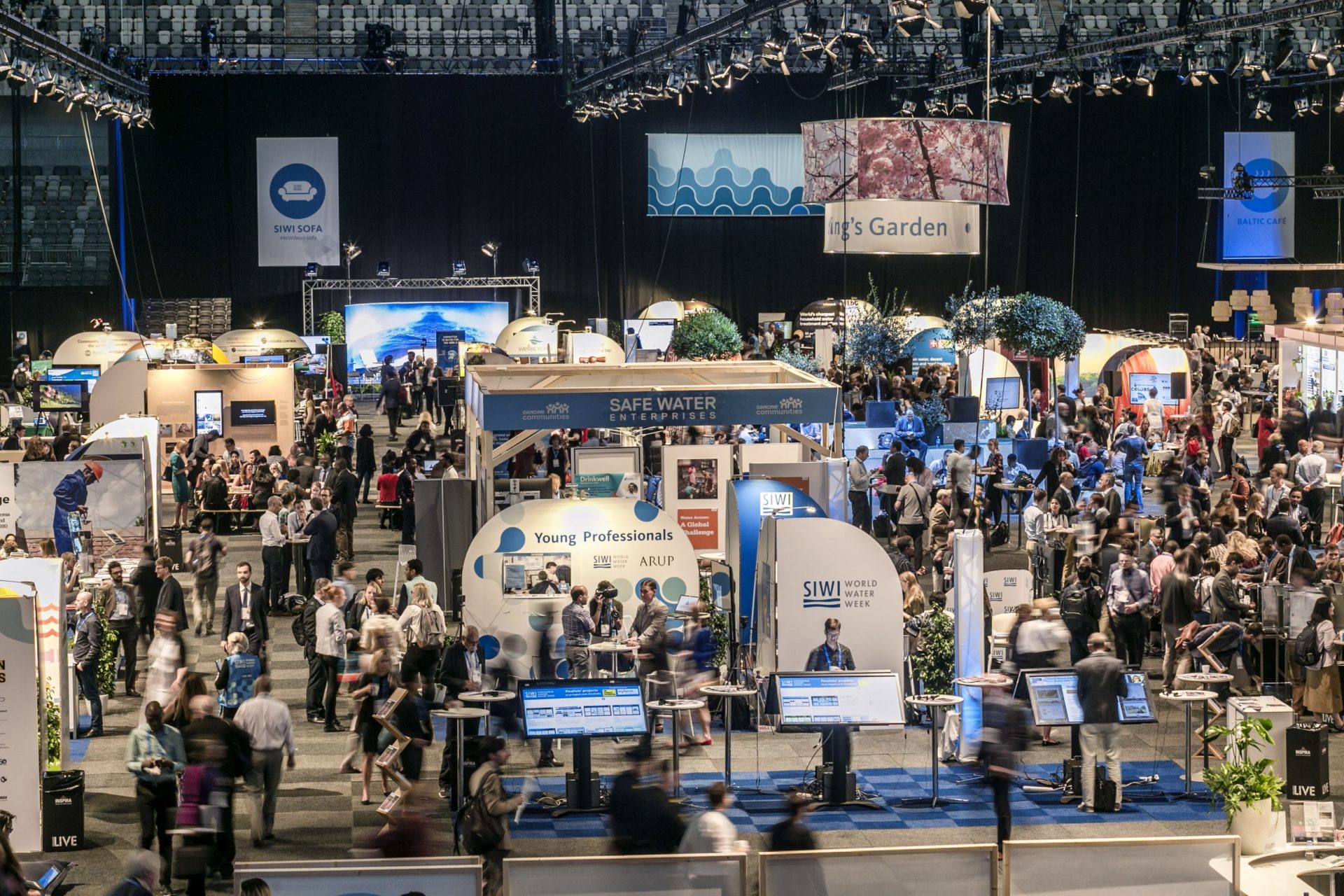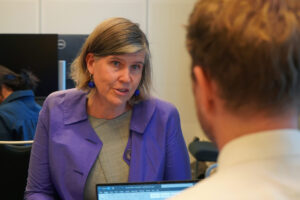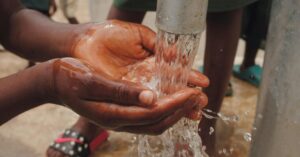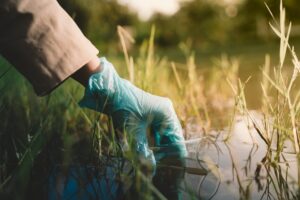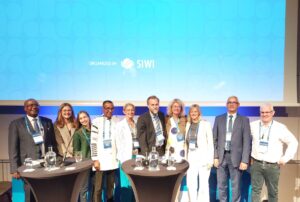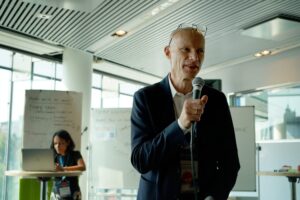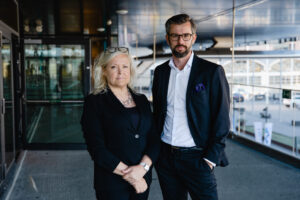This happened at World Water Week 2019
No one can claim to know everything that happened at World Water Week 2019, not with 277 sessions and numerous meetings taking place over just six days. But the rapporteurs probably come pretty close, since they covered all sessions in search for answers to four key questions. Read what they found in these Overarching Conclusions.
The theme of World Water Week 2019 was Water for Society: Including all, seeking to draw attention to the fact that humanity’s major challenges are interlinked and can only be solved through broad solutions. The escalating water crisis has increased focus on the importance of good water governance, to make sure that there is enough clean water for the many competing needs.
It is of particular importance that marginalized groups are not left behind and that they can influence decision-making. How this can be achieved was explored from various angles throughout World Water Week 2019. Many sessions were dedicated to sharing the knowledge of different groups, such as people living with disabilities, ethnic minorities, slum-dwellers, the young and the elderly. Other activities focused on how gender roles and power relations impact who gets what water, reminding participants that efficient water governance may require the challenging of traditional stereotypes.
One of the most noticeable trends in the water world is growing interest among young people. This was very evident at World Water Week, with one third of participants under age 35. Stockholm Junior Water Prize has also expanded its activities, which this year included a scientific seminar, the Malin Falkenmark Symposium, where the young scientists made a statement expressing their concern about the climate crisis.
In these Overarching Conclusions you find some of the main takeaways and learnings from the Week. On pages 10-11 you can read SIWI’s main conclusions. For reflections from the Scientific Programme Committee, turn to pages 14-17. In addition, three teams of rapporteurs covered all sessions to find answers to four key questions. Their main findings can be found on pages 18-27.
Read the Overarching Conclusions here
